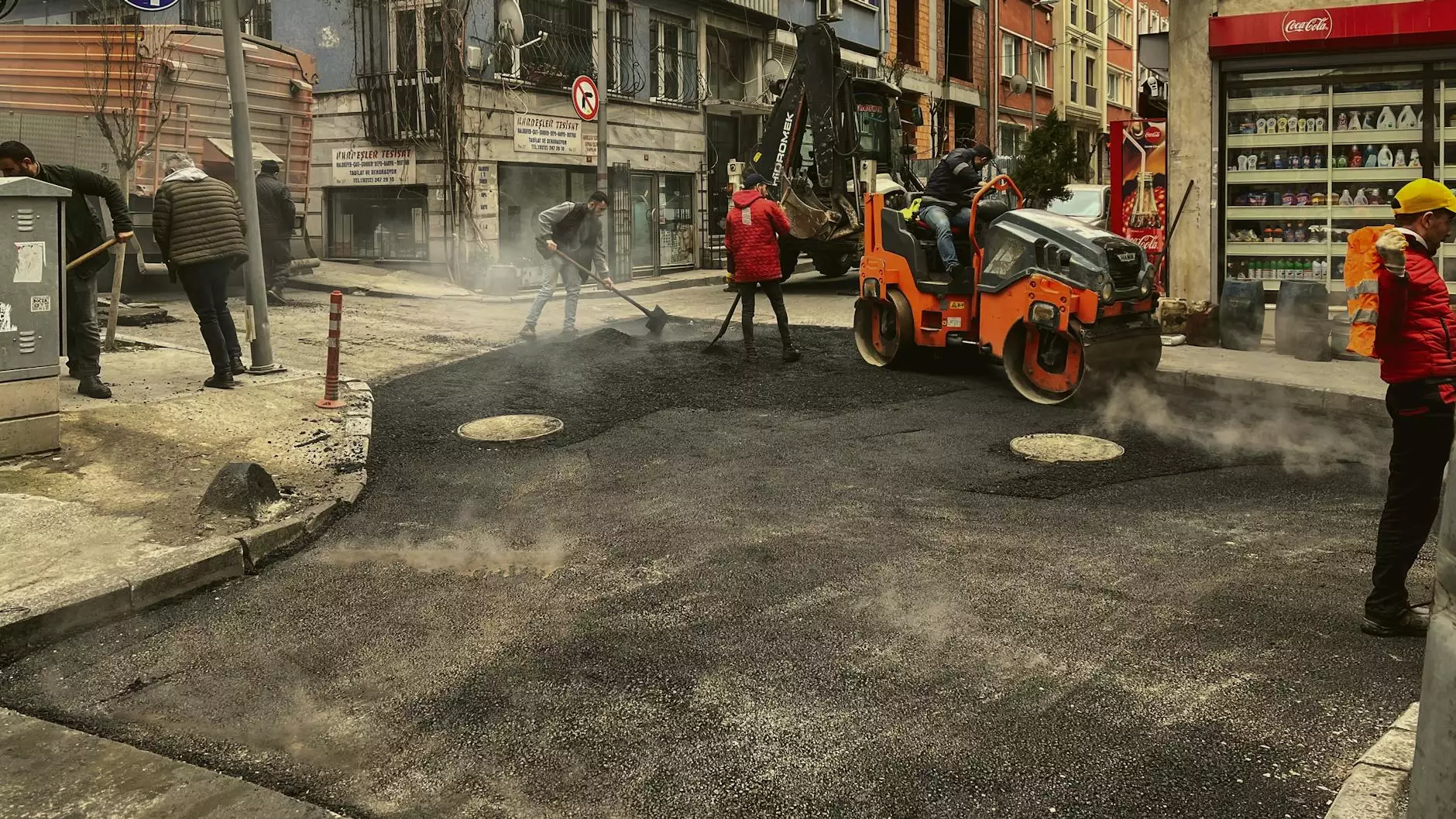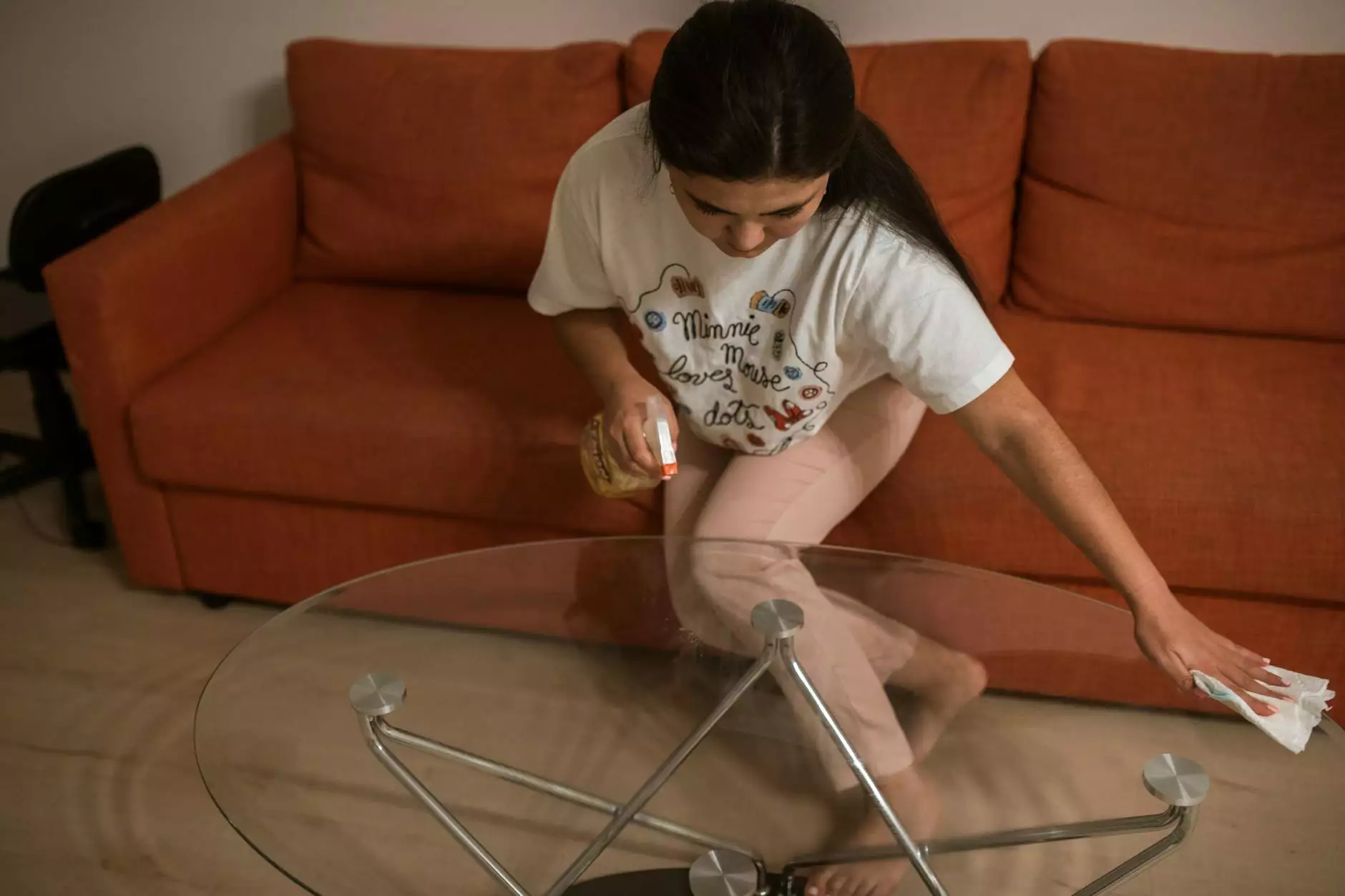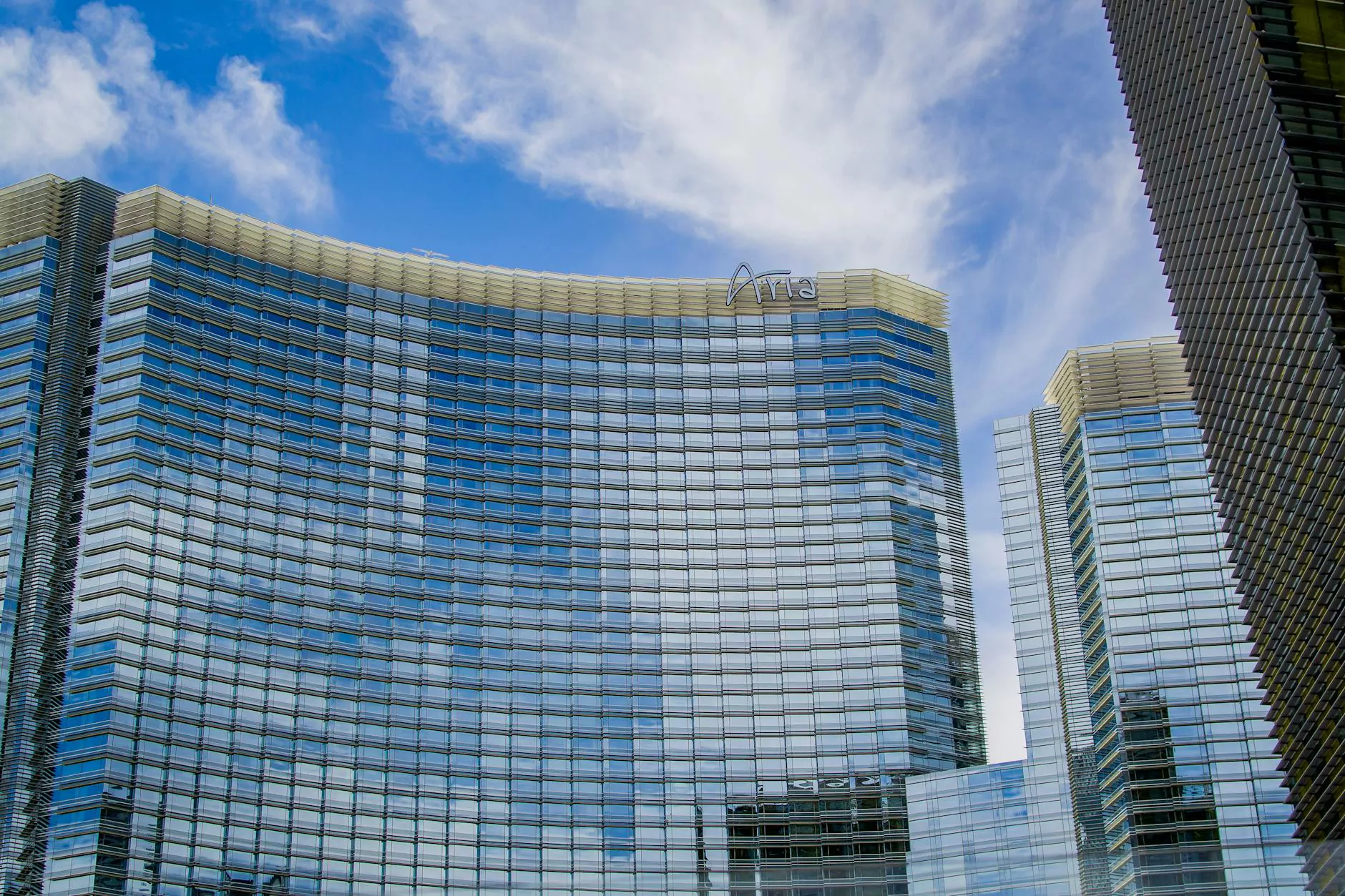The Ultimate Guide to **Swimming Pool Resurfacing Options**

Maintaining a beautiful and functional swimming pool is an essential aspect of homeownership for many. Over time, pools can show signs of wear and tear, from surface cracks to fading colors. One of the best solutions to rejuvenate your pool is through swimming pool resurfacing options. In this extensive guide, we’ll dive into the different materials, techniques, and benefits associated with resurfacing your swimming pool, helping you make informed decisions about your investment.
What is Swimming Pool Resurfacing?
Swimming pool resurfacing is the process of replacing or refurbishing the surface of your pool. It is crucial for enhancing the aesthetic appeal, safety, and functionality of your pool. Over time, surfaces can become rough, cracked, or stained, which not only detracts from your pool’s appearance but can also lead to injuries. Resurfacing offers a fresh start and can significantly extend the life of your swimming pool.
Why Resurface Your Pool?
There are several compelling reasons why you might consider resurfacing your swimming pool:
- Improved Aesthetics: A new surface brings back the vibrancy and beauty of your pool, enhancing your backyard’s overall appeal.
- Enhanced Safety: A smooth, well-finished surface reduces the risk of slips and falls.
- Increased Property Value: A well-maintained pool can significantly boost the market value of your home.
- Cost-effectiveness: In comparison to building a new pool, resurfacing is a more affordable option with high returns.
- Improved Water Quality: A new surface is less porous, which helps prevent algae growth and enhances water quality.
Choosing the Right Resurfacing Material
The choice of resurfacing material will depend on your budget, style preference, and the current condition of your pool. Below are some of the most popular swimming pool resurfacing options available on the market:
1. Plaster Resurfacing
Plaster is one of the most common choices for pool resurfacing. It is a mixture of cement and marble dust that provides a smooth finish. Here are some of its benefits:
- Cost-effective: Plaster is typically less expensive than other options, making it a popular choice for budget-conscious homeowners.
- Customizable: Available in various colors, it enables homeowners to customize their pool's appearance.
- Good Longevity: When properly maintained, plaster can last between 10 to 15 years.
2. Pebble Tec and Aggregate Finishes
Pebble Tec is a high-quality resurfacing option that incorporates small pebbles, glass beads, or stones mixed with plaster. Here’s what makes it unique:
- Durability: Pebble surfaces are highly resistant to cracking and wear, lasting up to 20 years or more.
- Natural Look: It provides a beautiful, natural stone appearance that complements outdoor environments.
- Slip-resistant: The textured surface increases safety by providing grip.
3. Fiberglass Resurfacing
Another popular choice is fiberglass resurfacing, which involves applying a fiberglass laminate to the pool's surface. Its benefits include:
- Smooth Finish: The surface is non-porous and easy to clean, which helps maintain better water quality.
- Long Lasting: Fiberglass can last over 30 years with minimal maintenance.
- Quick Installation: This type of resurfacing can be completed relatively quickly compared to other methods.
4. Vinyl Liner Replacement
If your pool has a vinyl liner, replacing it is a viable resurfacing option. Key benefits include:
- Variety: Vinyl liners come in many colors and patterns, allowing homeowners to choose a look that suits their style.
- Affordability: Generally, vinyl liners are more affordable than other surfacing options.
- Soft Feel: The smooth surface makes it comfortable for swimmers.
5. Tiles
A tile finish can add a luxurious touch to your swimming pool. Tiles, such as ceramic or glass, can be used on walls or the entire pool surface. Benefits of tile surfaces include:
- Durability: Tile can withstand harsh chemicals and the outdoor elements.
- Wide Variety: Tiles come in a wide range of colors and designs, allowing for creative expression.
- Easy to Repair: If a tile chips, it can be easily replaced without needing to redo the entire surface.
Assessing Your Pool’s Condition
Before choosing a resurfacing option, it’s important to assess the current condition of your pool. Look for these signs:
- Cracks: Small cracks can often be repaired, but larger structural issues may require more extensive work.
- Stains: Persistent stains may indicate problems with the surface material.
- Roughness: A bumpy or rough surface is a sign that resurfacing is needed to prevent injuries.
The Resurfacing Process
The swimming pool resurfacing process typically involves several key steps:
- Preparation: The pool is drained, and the existing surface is cleaned and prepared for resurfacing.
- Repair: Any cracks or significant damage are repaired to ensure a smooth finish.
- Application: The chosen resurfacing material is applied, following proper techniques to adhere to the pool structure.
- Curing: Allow the new surface to cure according to the manufacturer's guidelines before refilling the pool.
- Balancing Water Chemistry: Once the pool is full, it’s essential to balance water chemistry for optimal water quality and surface longevity.
Cost of Resurfacing
The costs associated with pool resurfacing can vary significantly based on several factors, including the size of the pool, the type of resurfacing material chosen, and local labor rates. Typically, costs can range from:
- Plaster: $3,000 - $5,000
- Pebble Tec: $5,500 - $12,000
- Fiberglass: $6,000 - $15,000
- Vinyl: $2,000 - $4,000 (for liner replacement)
- Tile: $8,000 - $20,000 depending on the type and design
Maintenance After Resurfacing
To ensure the longevity of your resurfaced swimming pool, regular maintenance is key. Here are some helpful tips:
- Regular Cleaning: Clean the pool surface regularly to prevent stains and algae buildup.
- Water Chemistry: Regularly test and balance the pool water to protect the surface material.
- Inspect for Damage: Routinely check for cracks or wear and address any issues promptly.
Conclusion
Choosing the right swimming pool resurfacing options is vital for maintaining the beauty and functionality of your swimming pool. Whether it's the cost-effective plaster, the luxurious feel of pebble finishes, or the longevity of fiberglass, each material has unique benefits that cater to different needs and aesthetics. By assessing your pool's condition and considering your personal style and budget, you can ensure that your pool remains a beautiful, safe, and enjoyable centerpiece of your backyard.
For more information on how to enhance your swimming pool experience and to explore expert services, visit Pool Renovation. Transform your pool into an oasis that offers enjoyment for years to come!









